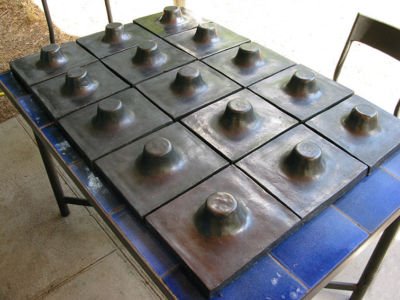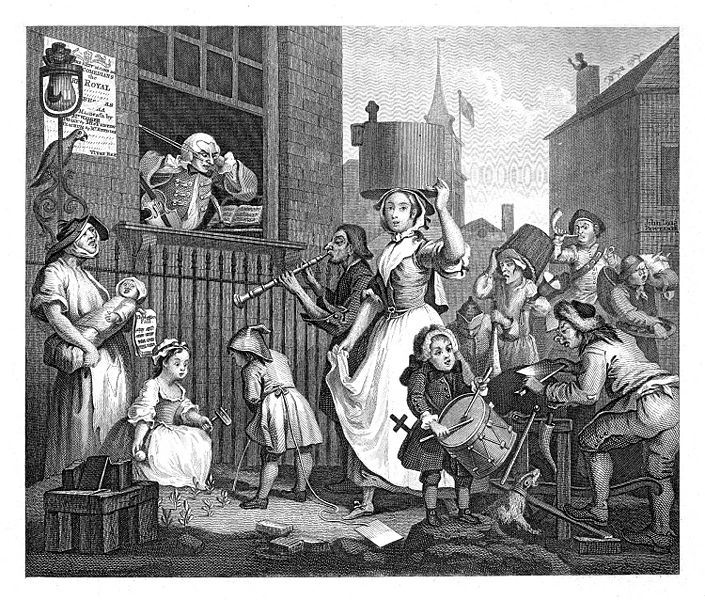Schwarz
View current page
...more recent posts
Since it seems obvious that I'll have once again to try to free "formalism" from the life-insured mortgage Greenberg has been granted on its very premises,(2) I'll first take his work as an example in order to assert that, notwithstanding what he had to say on the matter (he and several Bloomsbury writers such as Roger Fry and Clive Bell who shared such a silly dream), it is impossible to keep meaning at bay. Then I'll use his work to show that if "formalist criticism" currently has a bad name, it may be because it was not practiced well enough. This will lead me to respond to the charge that formalism equals a- or antihistory (a charge common since the days of Stalin's cultural commissar Andrei Zhdanov and carried to the present: it is the main argument of the "business-as-usual" critic quoted above). All along, I shall try to define the tasks of the type of formalism I have in mind with regard to the practice of its most vociferous enemies.
A word on these enemies, in passing: although they come from different factions, they share an idealist conception of meaning as an a priori construct existing before its embodiment in a form. They all speak, as Roland Barthes would say, "in the name of the Cause." Their idealist conception of meaning combines with an idealist conception of form (as existing prior to its embodiment in matter) in order to insure the apotheosis of the concept of image - an apotheosis whose current symptom is the rise of what is called Visual Studies. It is not by chance that the image was precisely what abstract art struggled against, or that it has been the main target of the Russian formalists in their literary criticism, or that Riegl's groundwork concerned essentially nonmimetic decorative arts, for in the absence of the image one is, or should be, forced to abandon the idealist concept of meaning I just mentioned. The enemies of formalism usually keep away from abstract art for that very reason - but when they occasionally approach it, it is most often in a desperate attempt to retrieve the absent image (business as usual) and thus to negate the historical specificity of abstraction.
With the new century come two new building types: the dead superstore and the dead mall. The dead mall is a victim of economic chill. But dead out-of-town superstores are something else. They're like old skins shucked off by saurian retailers as they gobble up sites and pursue unending growth.
Julia Christensen's book Big Box Reuse examines the lifecycle of these creatures, the far-reaching transformations they bring about in towns and cities, and the waste structures they leave behind. Her research is valuable and timely - the unexpected bonus is that the story is fascinating and lucidly written. When a big box superstore moves into a city, or (as is more common) appears on its periphery, it gives that city a new economic centre of gravity. The sales tax that it raises means that local authorities bend to its will. The thousands of car journeys that it generates can attract other businesses to set up next door. And the fabric of the city warps around it: freeway exits are built, turning lanes implemented.

george jouve tiles
Volunteers are learning to rip down plaster, pull apart walls and tear off roofs. To the nonprofit groupís long-held aim of constructing houses for those in need, Saginawís affiliate has lately added to its mission by doing the opposite.
As part of an agreement with the city, and with at least $500,000 from the state and federal governments, the Habitat for Humanity volunteers and paid workers plan to demolish two vacant, dilapidated houses here a week, every week, over the next two years. As for creating homes, they will build or refurbish eight houses this year.
The shift in the organizationís focus is a sign of the times in Saginaw, a shrinking city northwest of Detroit where at least 800 houses sit empty and doomed, and offers a glimpse of what increasingly empty neighborhoods in many cities may soon face as foreclosures continue.

